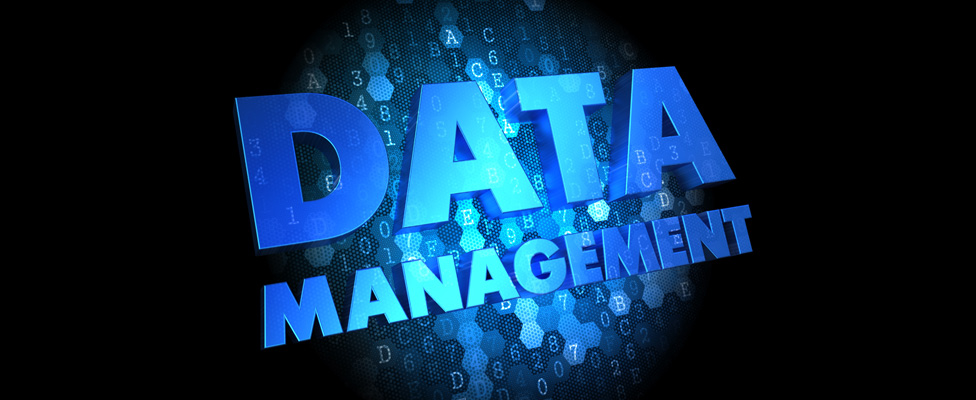
Building a Modern Data Management Strategy with Dr. Joshua Stephens
Dr. Joshua Stevens examines the key tasks in building a modern data management strategy, the mistakes enterprises make, and how generative AI figures into your strategy.
- By Upside Staff
- April 19, 2024
In the latest podcast program, Dr. Joshua Stevens, CEO of Stevens Insight Group LLC, discussed building a modern data management strategy. Dr. Stevens will be a featured speaker at TDWI’s Modern Data Leader’s Summit in Chicago on April 30. [Editor’s note: Speaker quotations have been edited for length and clarity.]
The conversation began with the basics -- defining modern data management. “The word ‘modern’ is probably the most challenging because once you implement a new technology and your organization grows, that ‘new’ technology becomes a little less modern. There's something new in the marketplace that can do the same thing and oftentimes do it better.” When it comes to “information,” Stevens said he happened upon a definition in a book called Data Science for Business by Foster and Provost, who define information as a quantity that reduces uncertainty.
“When I think about modern data management, I put it in that context, so the way I define it is as an ongoing practice that leverages advancements in technology, best practices, and skill sets to reduce uncertainty. That uncertainty could be around new opportunities to take advantage of or it could be pitfalls to avoid. It can be internal or external. However, as soon as you put a definition on it, something changes, and you have to expand that definition.”
Stevens says that modern data management strategy includes a long list of components and warns that it’s not just about technology. According to him, one of the three most critical components is understanding current-state problems. “You need to know what you’re doing with modern technology and why, such as moving to the cloud. You have to have a ‘why’ behind that move. What are you trying to achieve? What’s broken that you want to fix? Starting with the current-state problems is probably the most important part.”
Next on his list is strategic alignment, which goes hand-in-hand with current-state problems. “If you're trying to solve a problem that other people aren't feeling, you're going to have a hard time getting them to adopt the solution. Make sure you're not implementing a data platform for the sake of your department -- do it for the sake of the whole organization and think about it holistically.”
The last critical component is governance. “There are many other components, such as communication, staffing, funding, the processes, and even the technology itself, but governance is key.” Some people hear “governance” and think “control,” but to Stevens, governance is more about context. “When you’re trying to modernize the data infrastructure, one of the biggest barriers is not having a good view of your current data landscape. Having a data governance framework, the tools, and the processes behind it to identify the most important piece to move first, what's going to give you the biggest bang for your buck -- that's a big part of it.”
As enterprises try to modernize their data management strategy, they make plenty of mistakes. Stevens says the biggest of these is assuming that it's all about technology. “I've been a part of organizations that have implemented expensive new platforms and earned no value from them because they didn't think about the cultural implications of that new technology, or the architectural implications, or how people are going to be using it. They didn’t make sure they had the right skills to leverage that new technology.
“If, as a leader, you're just focusing in on, ‘I need that technology’ for whatever reason, there's a chance that it could bring big benefits, but leaders must focus on the people and process aspects as well. The tech piece is always the easiest piece of a modern data strategy, but there’s so much of it that it can be overwhelming.”
What role does generative AI have in building a data strategy? Stevens thinks organizations definitely are driven by its capabilities. “I think leaders are obligated to pay attention to it given how much attention it gets, but leaders may feel inadequate about it or don't have the time to deal with it. They may face bigger problems. It's easy to think ‘Let's move forward with generative AI,’ but leaders are faced with the basics. When it comes to data management, they have dozens of data stores throughout the organization that they're trying to pull into one place. That is not something that's done in days and weeks; that's something that takes a long time to do.
“AI is only as good as the data you train it with, so if you don’t have great data quality and data governance capabilities, then the AI that's generated -- although it might look great -- is going to be fraught with challenges. Leaders must think through how they would leverage generative AI and they must figure out how they get high-quality training data to make AI beneficial and valuable.”
[Editor's note: You can listen to the podcast on demand here.]